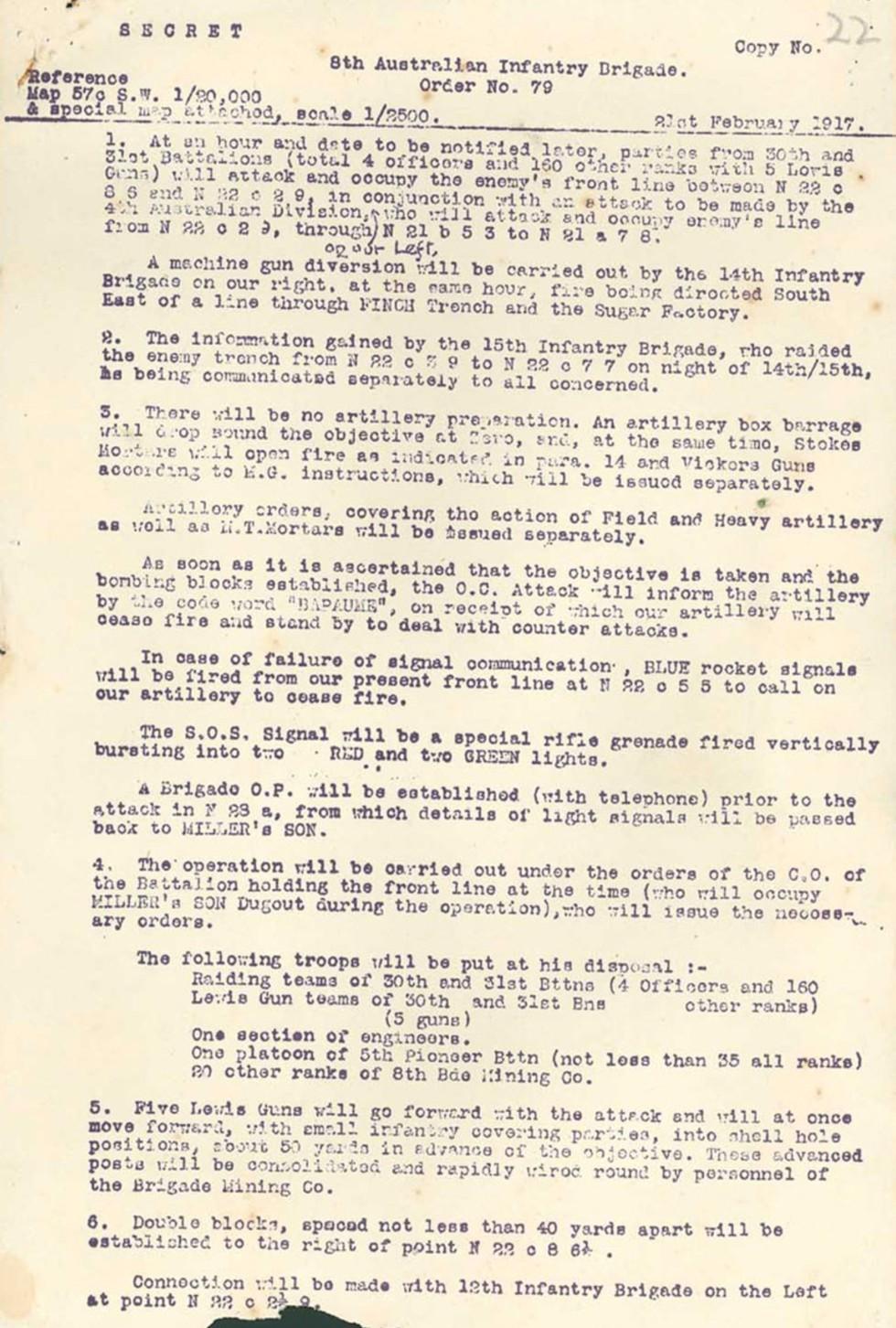
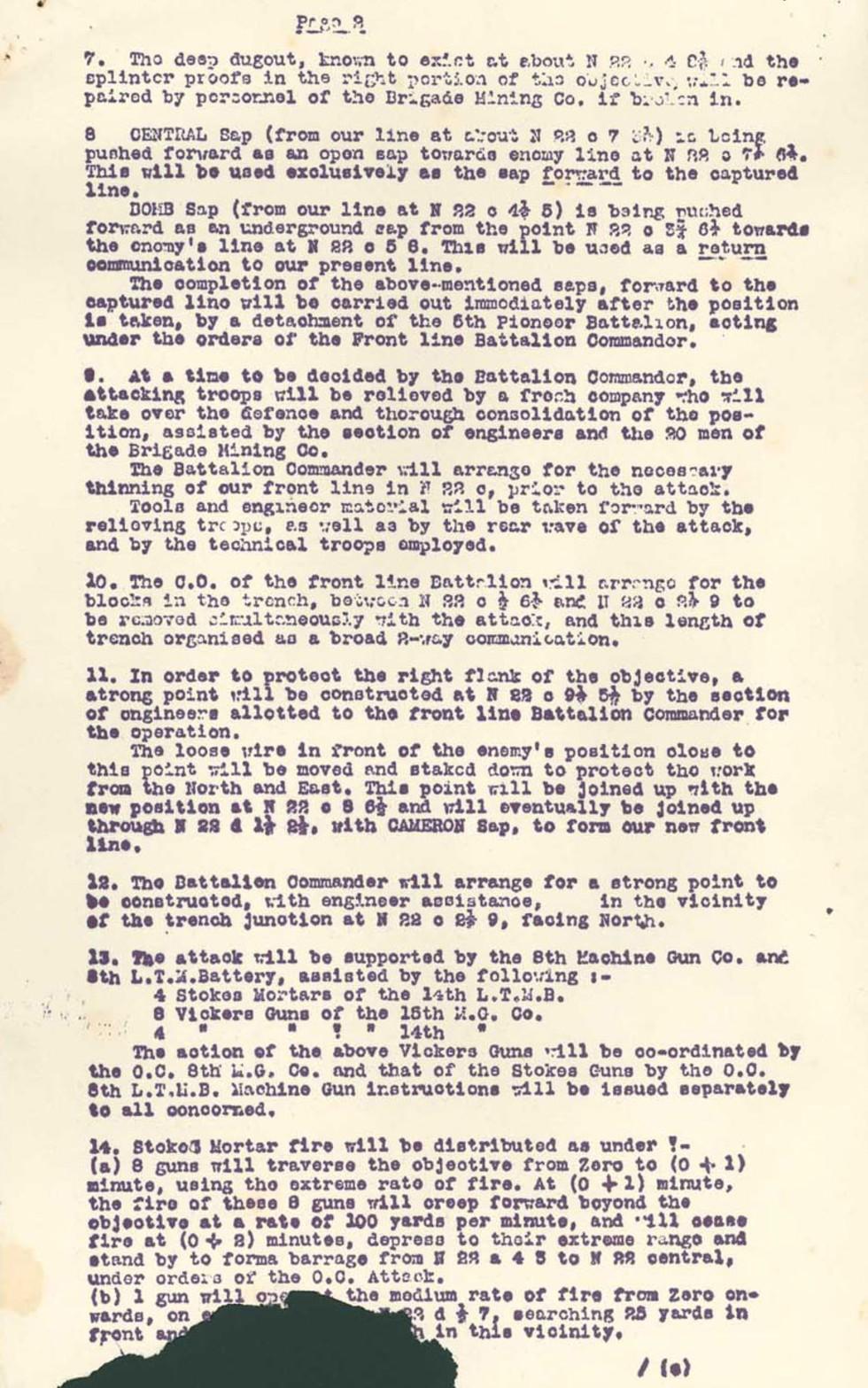
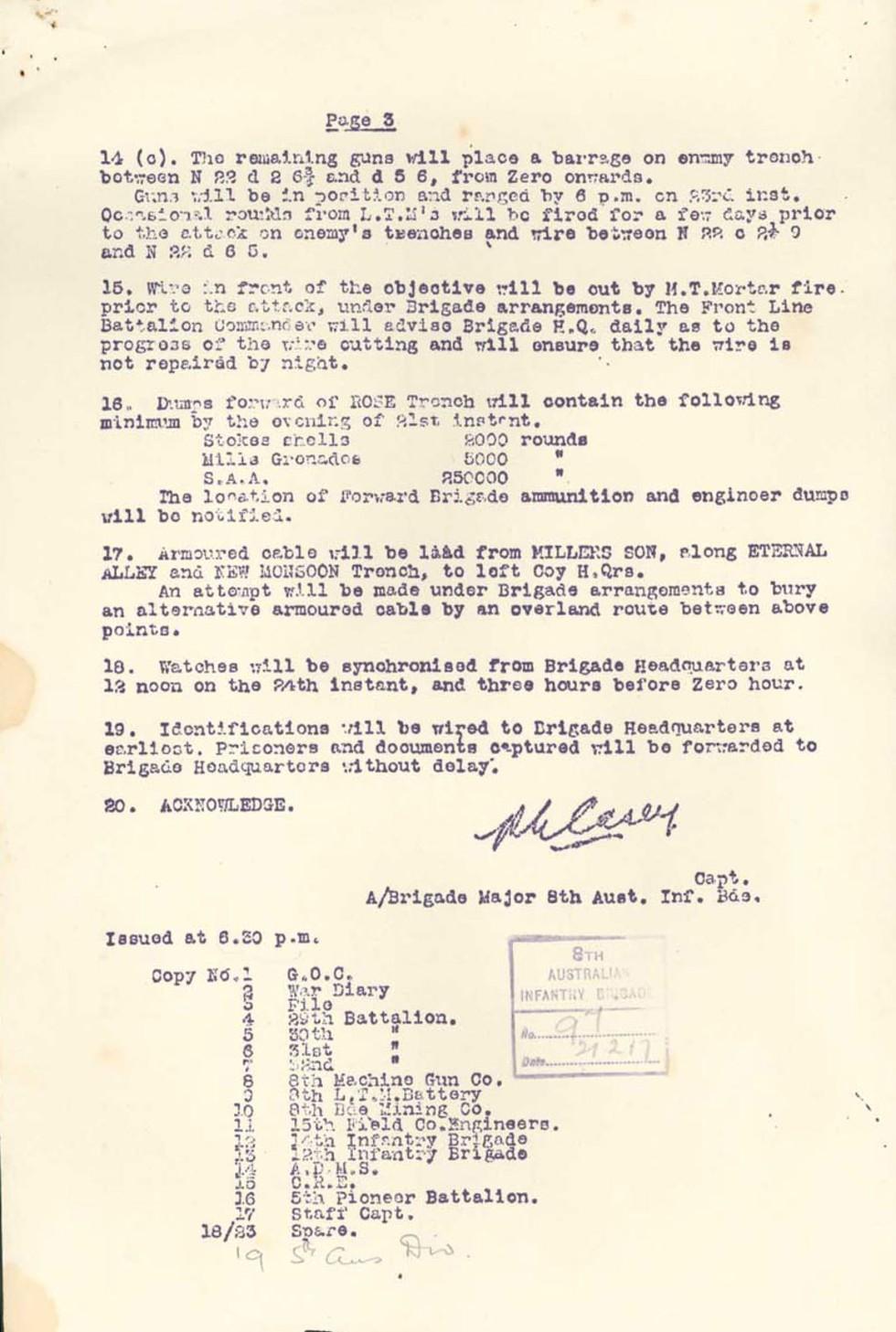
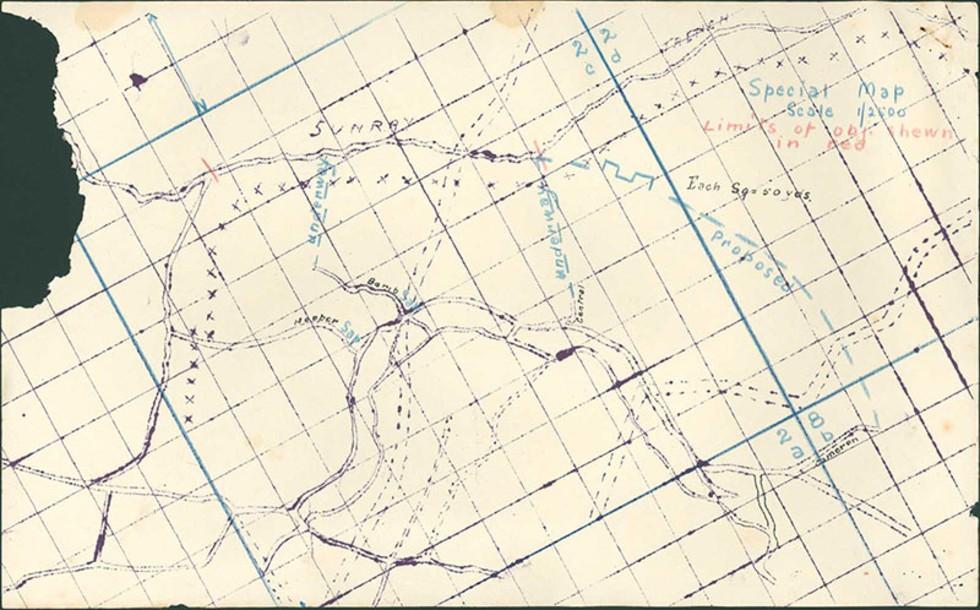
Aboriginal and Torres Strait Islander people should be aware that the National Archives' website and collection contain the names, images and voices of people who have died.
Some records include terms and views that are not appropriate today. They reflect the period in which they were created and are not the views of the National Archives.
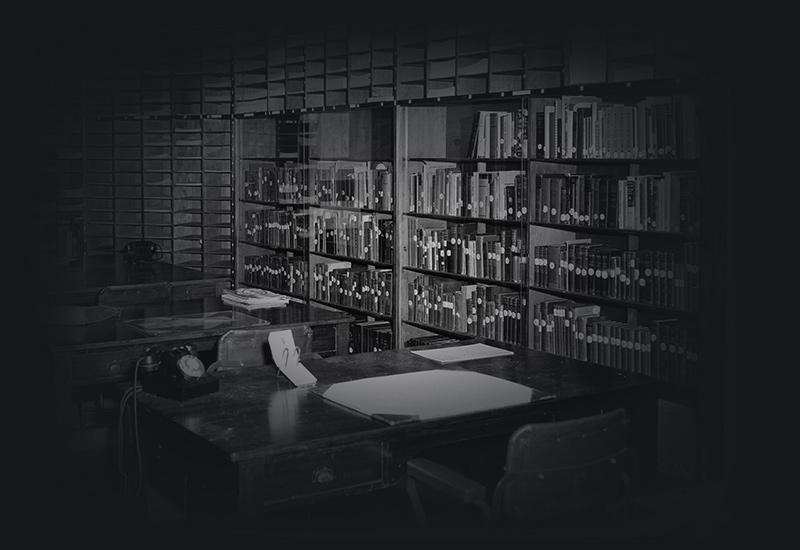




This military plan outlines orders developed for the 8th Australian Infantry Brigade, just one of many Australian units serving on the Western Front during the First World War (WW1). The document is dated 21 February 1917, and the word ‘Secret’ is typed at the top left of the page – quite normal for such documents. The heading contains the words ‘Order No. 79’, which refer to the number assigned to this particular document in the sequence of orders dating from the formation of the brigade. Two map references are also listed, one of which is for a ‘special map’ (attached as page 4 of the document). The words ‘Copy 22’ appear at the top right of the page and on page 3 there is a list of those who received copies.
Learn how to interpret primary sources, use our collection and more.
